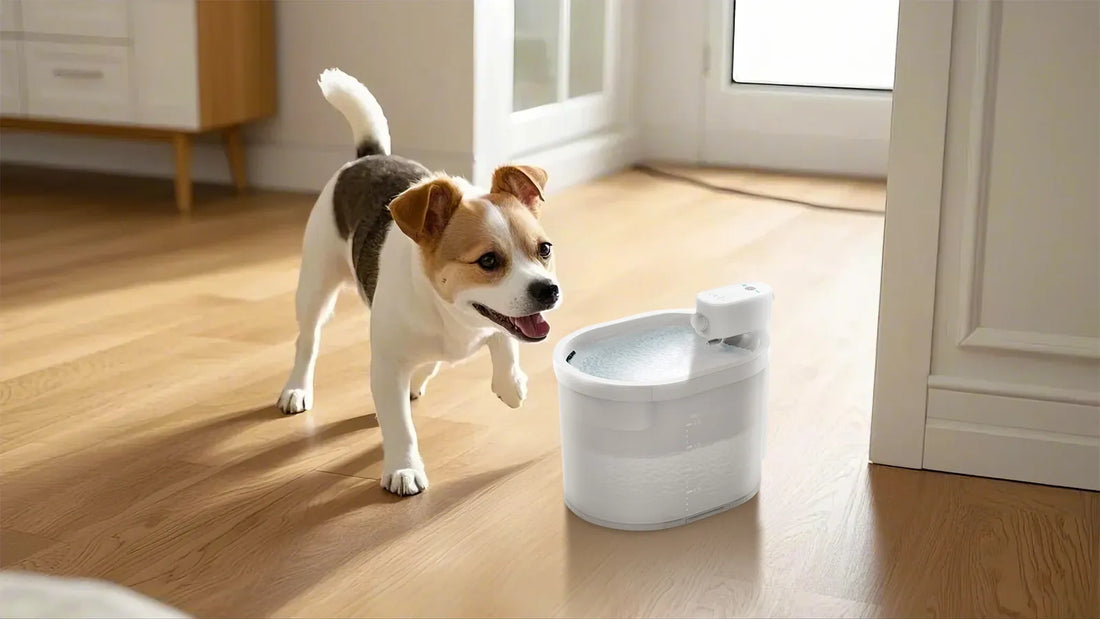If your cat has suddenly stopped using the litter box, you're not alone. This common issue can be frustrating for pet owners, but with the right approach, it's often solvable. Understanding the reasons behind this behavior and implementing practical solutions can help restore harmony in your home.
Understanding Why Cats Stop Using the Litter Box
Cats are creatures of habit, and any change in their environment or routine can lead to litter box avoidance. Common reasons include stress, medical issues, or dissatisfaction with the litter box setup. Identifying the root cause is the first step toward resolving the problem.
Medical Issues
Before addressing behavioral factors, it's crucial to rule out medical conditions. Urinary tract infections, kidney problems, or other health issues can make it painful for your cat to urinate, leading them to avoid the litter box. A visit to the veterinarian is essential to ensure your cat is healthy.
Stress and Anxiety
Cats are sensitive to changes in their environment. Moving to a new home, introducing a new pet, or even rearranging furniture can cause stress, leading to litter box avoidance. Creating a calm and stable environment can help alleviate this issue.
Litter Box Preferences
Cats have specific preferences when it comes to their litter box. Factors such as the type of litter, the size of the box, and its location can influence their willingness to use it. Experimenting with different options can help you find what works best for your cat.
Practical Steps to Retrain Your Cat
Once you've identified the potential cause, it's time to take action. Here are some practical steps to encourage your cat to use the litter box again.
Clean the Litter Box Regularly
Cats are clean animals and may avoid a dirty litter box. Scoop the box daily and change the litter regularly to keep it fresh and inviting. A clean environment can make a significant difference in your cat's behavior.
Provide Multiple Litter Boxes
If you have multiple cats, providing one litter box per cat, plus an extra one, can reduce competition and stress. This ensures that each cat has access to a clean box whenever they need it.
Choose the Right Litter
Experiment with different types of litter to find one your cat prefers. Some cats may dislike scented litter or certain textures. Offering a variety of options can help you determine your cat's preference.
Optimize the Litter Box Location
The location of the litter box is crucial. Place it in a quiet, low-traffic area where your cat feels safe. Avoid placing it near noisy appliances or in areas with heavy foot traffic.
Use Positive Reinforcement
Reward your cat with treats or praise when they use the litter box correctly. Positive reinforcement can encourage good behavior and help your cat associate the litter box with positive experiences.
Addressing Behavioral Issues
If your cat continues to avoid the litter box, it may be necessary to address underlying behavioral issues. Here are some strategies to consider.
Reduce Stress in the Environment
Identify and minimize sources of stress in your cat's environment. Provide hiding spots, vertical spaces, and interactive toys to help your cat feel secure and entertained.
Introduce Changes Gradually
If you need to make changes to your cat's routine or environment, do so gradually. Sudden changes can be overwhelming and lead to litter box avoidance.
Consult a Professional
If you're struggling to resolve the issue, consider consulting a veterinarian or a feline behaviorist. They can provide personalized advice and help you develop a plan to address your cat's specific needs.
Preventing Future Litter Box Problems
Once your cat is using the litter box consistently, take steps to prevent future issues. Maintaining a clean and stress-free environment, along with regular veterinary check-ups, can help ensure your cat continues to use the litter box as intended.
By understanding your cat's needs and addressing the underlying causes of litter box avoidance, you can restore harmony in your home. With patience and persistence, you can help your cat return to using the litter box and enjoy a happy, healthy life together.













